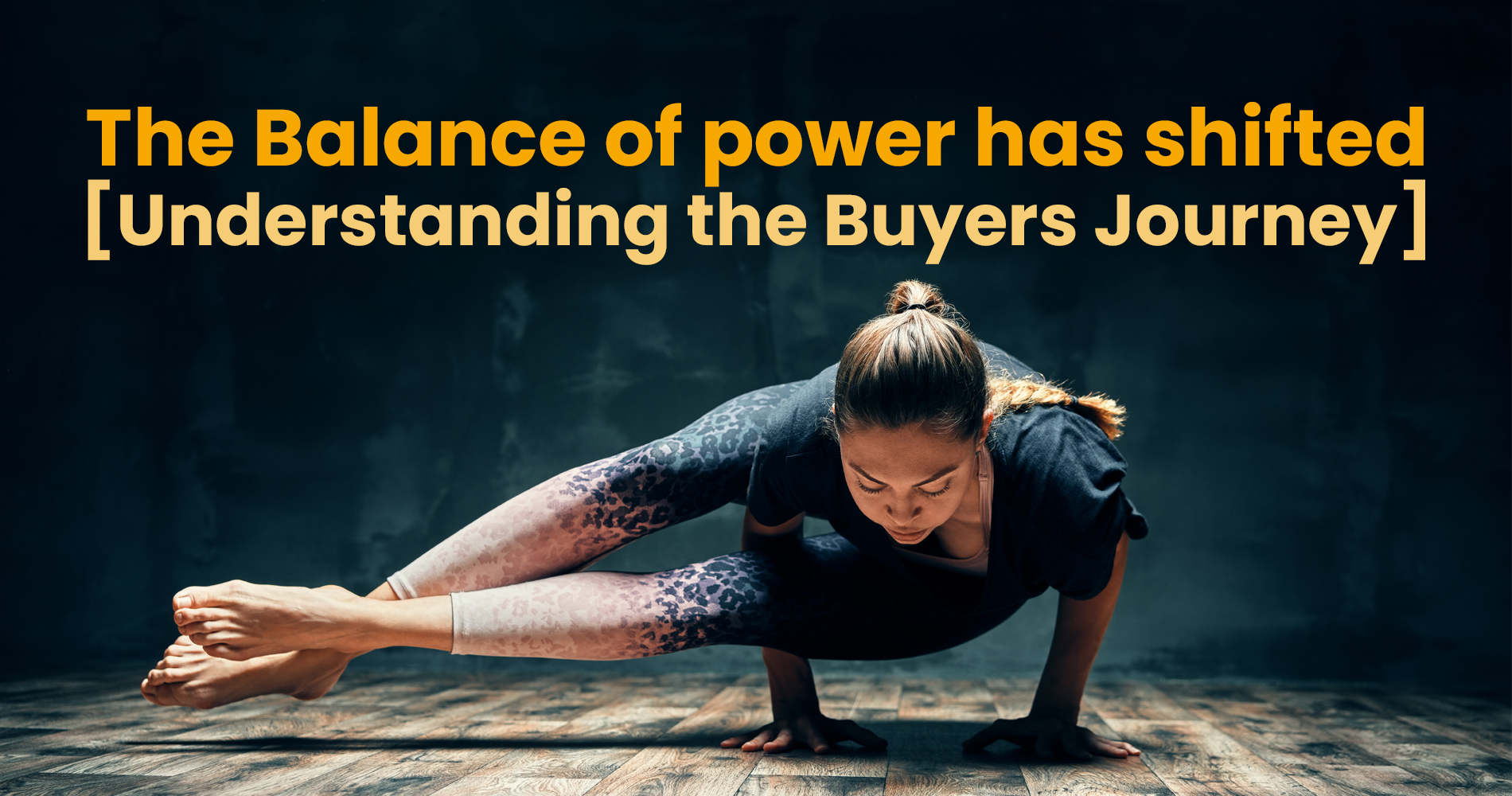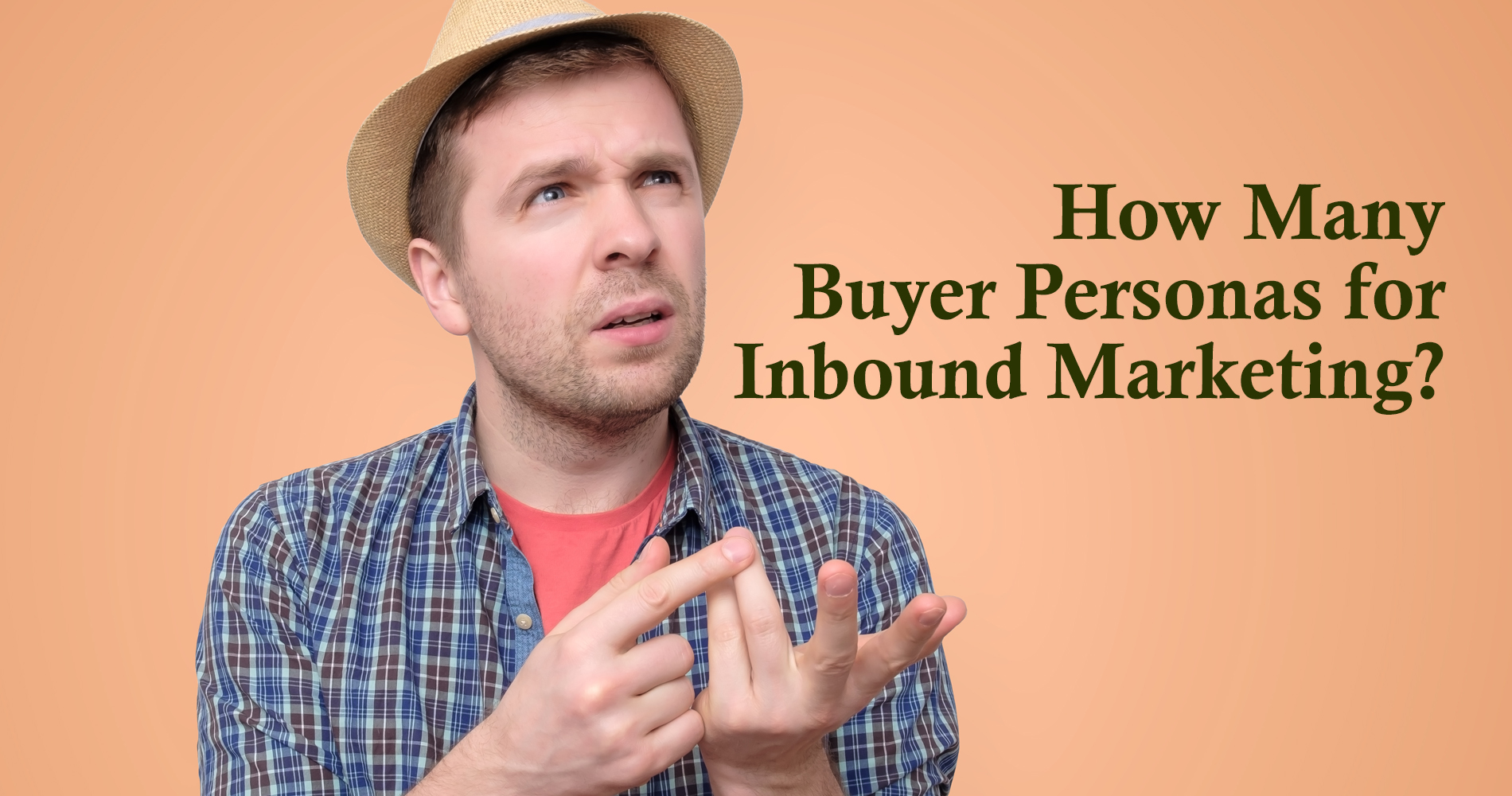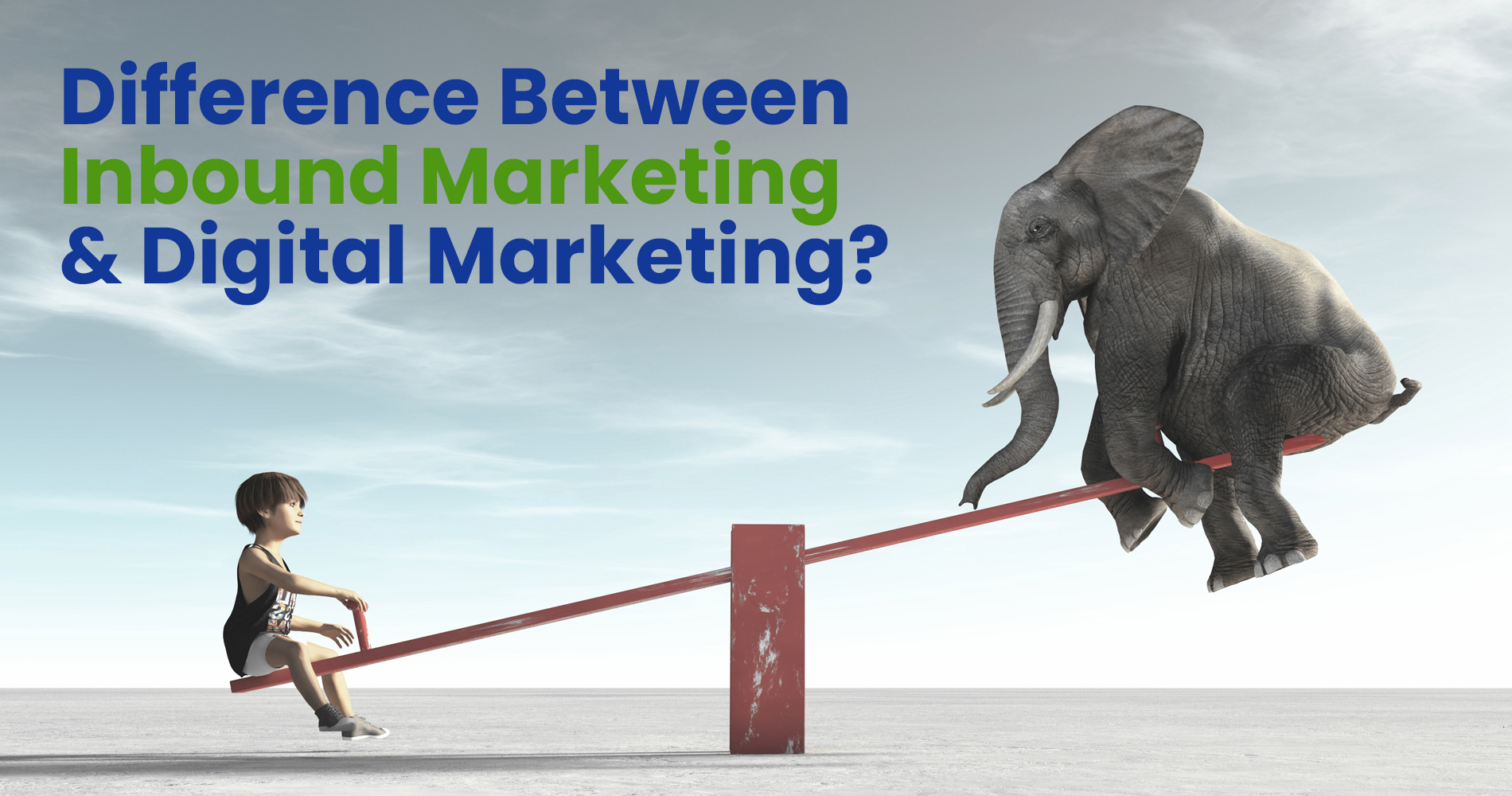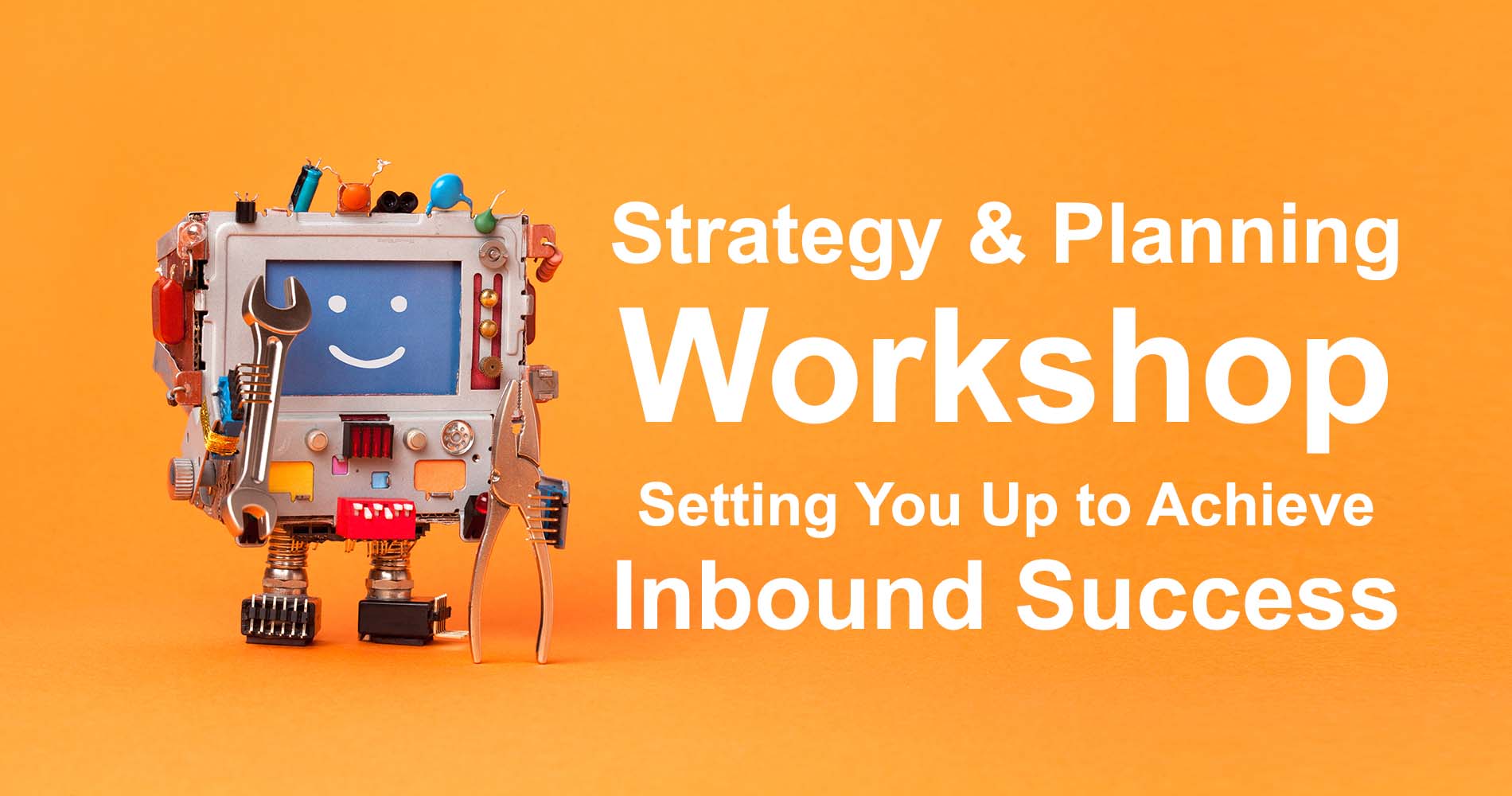Today's buyer is like a kid in a candy shop who has just found their favourite sweet. They have all the information they need right at their fingertips and that means less convincing on the sales rep's part is required - because much of it can be done online. If you ask anyone around them, they'll say they're a sucker for what they love, so rather than relying upon typical hard-sell tactics at this point, savvy entrepreneurs know how well relationship-building techniques work to keep customers coming back for more and telling others about them.
The road to becoming more successful in sales these days is a lot like the experience of taking a journey. Traditionally people used to buy things when they saw an advertised product but not anymore. Nowadays, customers are smarter and they know that often they are being sold to. That's why you have to change how you advertise your products and reach out to them by helping them with their needs instead.
But before we delve into the emerging landscape of sales process excellence it would be wise for us to consider what it is about the customer's journey where so many companies fail: converting users into paying customers as well as keeping them engaged afterward, giving themselves better control over how the whole thing works because everything goes according to plan, or at least close enough.
The Buyer's Journey is an important part of the seller's marketing strategy. The journey starts as soon as you know who you are selling to and ends when you have made the sale. This blog will look at different aspects of the Buying Journey and how understanding it makes it easier to sell.
Buyer's journey: What is it?
You wouldn't go grocery shopping without knowing what you need or having a plan in place right? So why do so many companies form strategic marketing plans without understanding the buyer's journey? Your buyers' behaviour should always be top of mind and their path to purchase needs to be mapped out so you can align content, message, products, and services to help keep them on track.
The buyer’s journey, also known as the buyer’s cycle or buying process, refers to a consumer’s journey through the sales funnel. It is an important part of your marketing strategy and allows you to identify where people drop off during their search for information on similar products or services which you offer.
By understanding the buyer's journey and applying it to your sales process, you will increase your chances of closing a sale. This is because, with marketing, content, or whatever else you're selling for your business, you will understand the same buyer's journey. The buyer experiences some pain points or problems along that journey (call them hiccups) which in turn may influence their thinking about the product or service you're offering - so if you can use your product or service as an answer to those issues and an overall solution than this is a win-win situation for both parties. Let's dig a little deeper into what we mean by 'applying' the Buyer's Journey to Sales
The three stages of Buyer’s Journey
The buyer's journey is a way to describe how people go about buying things. There are three steps in the buyer's journey. First, people become aware of something they want or need. Then, they start thinking about how to solve that problem. Finally, they choose the option that is best for them.
Here's how to conceptualise each stage:
1. Awareness Stage:
The awareness stage is when prospective customers start to become aware of their potential needs or problem. in this stage, consumers are gathering information about what they want out of the product to create a better picture of what they're looking for in their long-term relationship with your brand. Potential problems can come from all sorts of sources - from noticing that a workplace is becoming disorganised to knowing that you don't have a template for making food orders on time!
2. Consideration Stage:
Making it to the consideration stage means you must have already established credibility and value. Now you need to find out whether that position was well-founded, or if you still need to prove yourself more. One way of doing so is by making a variety of personalised presentations based on the prospect's personal needs and preferences, alongside the availability of additional information on what services and products you offer (for example videos, white papers, webinars). Your prospects are not quite there yet, but they will be soon!
3. Decision Stage:
As customers enter the decision stage, a shift occurs in their mindset. The customer has now spent much of their research time learning about their pain point and potential solutions that could alleviate it. They understand how each solution will fulfill what they are looking for and may need some final information about why your specific brand, product or service is best suited to do so. The consumer's decision may not be a purely logical decision based on the factual specifics of your offerings but also an emotional one representing their familiarity or trust in you as a business entity - all of which can either attract or repel them from making the final choice!
How to adapt the sale process to Buyer's Journey?
It's natural for sales professionals to want to move their marketing leads through the sales pipeline. But the reality is that the buying journey is not always linear. Buyers go online to find information, and they may not be ready to contact a sales rep at that particular moment in time.
The problem is that sales reps are eager to move leads through their pipeline as quickly as possible, which results in sales reps calling leads before they're ready. What this ultimately means is that the lead isn't ready to purchase, which may damage your relationship with the potential customer. It's important to remember that your customers will be much more likely to respond to your sales outreach if they're ready for the next step.
Lastly,
Understanding the Buyer's Journey is key to marketing success. It helps marketers to reach the right audience at the right time with the right message. A recent study by CMO Council and Sirius Decisions showed that marketers are still not doing enough to reach the right audience at the right time. The study shows that while marketers are reaching the right people at the right time, they are not putting enough effort into the engagement.
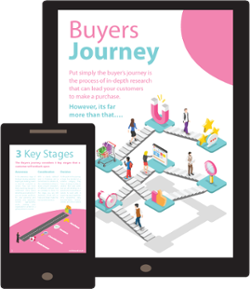 We hope you enjoyed the article and found it to be informative. Understanding the Buyer's Journey is extremely important when it comes to your business.
We hope you enjoyed the article and found it to be informative. Understanding the Buyer's Journey is extremely important when it comes to your business.
